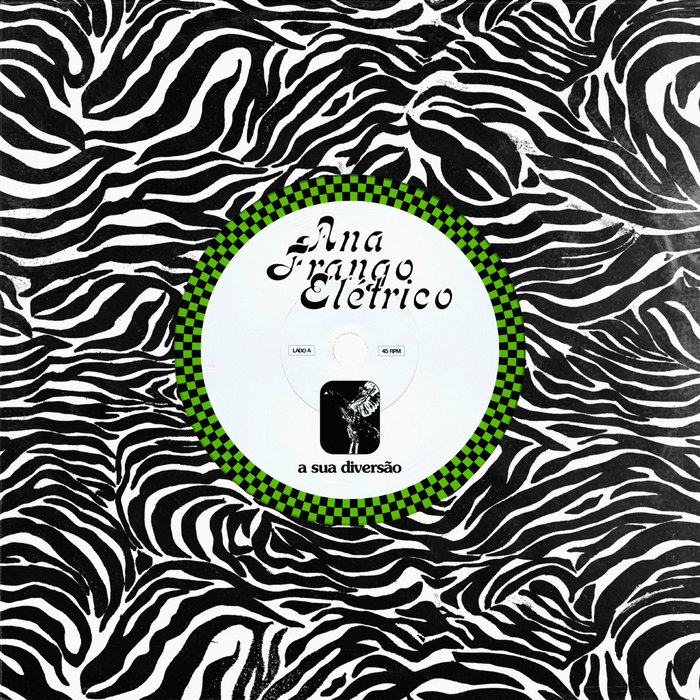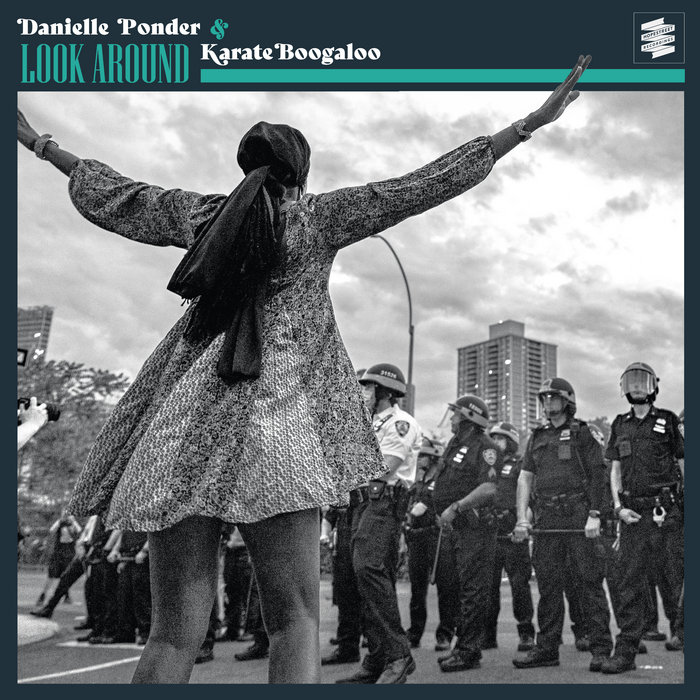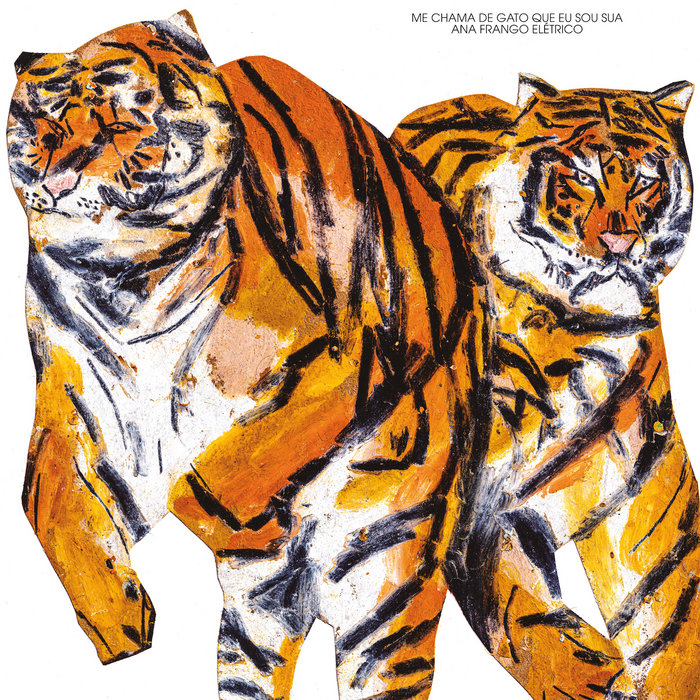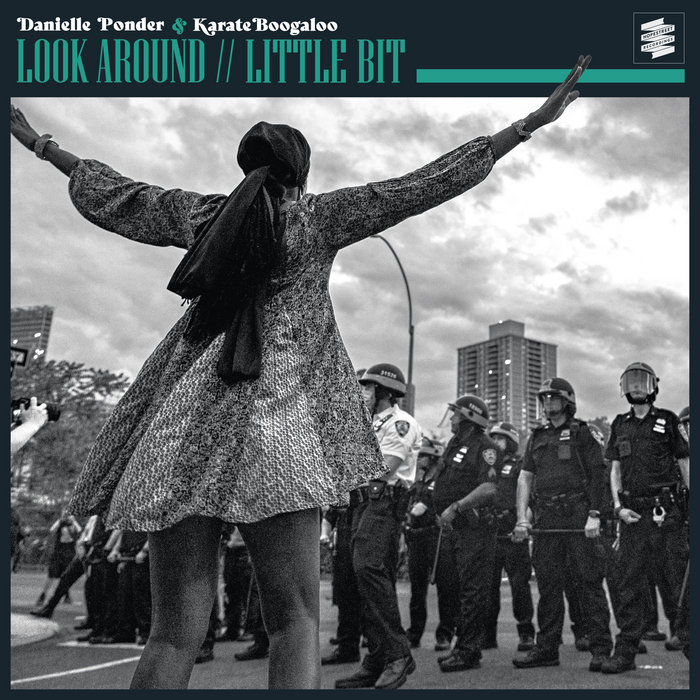
A Sua Diversão/ Não Tem Nada Não – Ana Frango Elétrico
this blog is GROOVY – check out great Soul, Funk, Jazz, Hip Hop, Bass, Breaks , Reggae, House n many more TUNES
Ah, the ballad! That sweet, story-telling tune that wraps its arms around your heart and pulls you into a tale as old as time. Originating from medieval Europe, ballads have been around since the 15th century. They were simple songs with catchy refrains designed for easy sing-alongs. Just think of them as the original TikTok tunes—quick stories you could share and remix!
Ballads began their journey in folk traditions where they served multiple purposes—from relaying news to sharing legends and love stories. Often sung by traveling minstrels, these tales brought people together long before Netflix was a thing! Imagine villagers gathered around a fire while some dude with a lute sang about daring knights or heartbroken lovers.
In those days, not all singers had golden pipes. Picture it: A minstrel belting out “ahem” melodious notes that sound more like an angry cat than an emotional saga. But hey! As long as you had a good story to tell, folks would gather ’round anyway—usually for the entertainment value rather than pitch perfection!
As we boogied into the 18th and 19th centuries, ballads took on new forms with romantic themes dominating the scene. Poets like Robert Burns lent their lyrical genius to transform oral traditions into written gems.
Have you noticed how some ballads come with titles that are… let’s say unique? Take “The Edom O’ Gordon.” Sounds intriguing but try explaining that one at karaoke night without raising eyebrows! Yet these odd names became part of their charm.
Fast forward to America in the 20th century—the land of jazz hands and rock ‘n’ roll! Here’s where things get juicy; folk music made a comeback during times when folks needed comfort through songs filled with social messages.
Artists like Woody Guthrie came onto the scene shouting about injustice through powerful balladic styles. His song “This Land Is Your Land” is practically an anthem now!
Bob Dylan emerged in this era too—often considered one of the greatest songwriters ever—but did you know he wasn’t always taken seriously? When he burst onto the scenes in coffee shops singing heartfelt narratives mixed with politics and poetry over his guitar strumming… Some thought he just sounded like someone who’d lost their car keys at least twice while trying to find peace and love!
As we jigged our way into late-night shows and contemporary platforms like Spotify, modern musicians continued weaving enchanting tales through traditional structures called “ballads.” Everyone from Adele pouring her heartbreak into melodies (“Someone Like You”) or Taylor Swift spinning yarns about fairytales gone wrong exemplifies where this genre shines today.
Now let’s get groovy here—isn’t it wild that artists often lie when they’re hurting? Taylor herself once said she writes happy songs after bad breakups because she thinks angst makes for compelling lyrics—and if that’s not relatable…
Ever seen Adele perform live? Her voice is stellar but did you hear about that time she literally stopped mid-show because she couldn’t quit coughing?! Yes indeed—a legendary moment turned hilarious when fans shouted encouragement only for her response being something along lines such as “I’m really freaking sorry guys!” That’s real-life magic right there—and what happens when passion takes hold over perfectionism.
So what’s next for our beloved ballad genre? It appears every generation keeps finding new ways to craft relatable stories wrapped beautifully within melody—be it hip-hop storytelling or R&B slow jams touching hearts far beyond any period piece drama imaginable; guess what…
It all rolls back down full circle reminding us how much we all crave connection through music—even if sometimes it’s presented alongside theatrical performances involving interpretive dances inspired by grocery lists (not naming any names here).
At its core though—the essence remains unchanged—a timeless blend between words put together rhythmically giving life lessons infused intricately whether told via soft-spoken solos under dim lights or electrifying numbers thrumming across stadium crowds!
There ya go—a brief groove-infused rundown on ballads sprinkled liberally with chuckles along history’s dusty trails! Keep enjoying those tunes; they’re bound up tightly within humanity’s best threads woven throughout ages past—and they don’t look ready to stop anytime soon!

A Sua Diversão/ Não Tem Nada Não – Ana Frango Elétrico

Look Around – Danielle Ponder & Karate Boogaloo

Me Chama De Gato Que Eu Sou Sua – Ana Frango Elétrico

Little Bit – Danielle Ponder & Karate Boogaloo